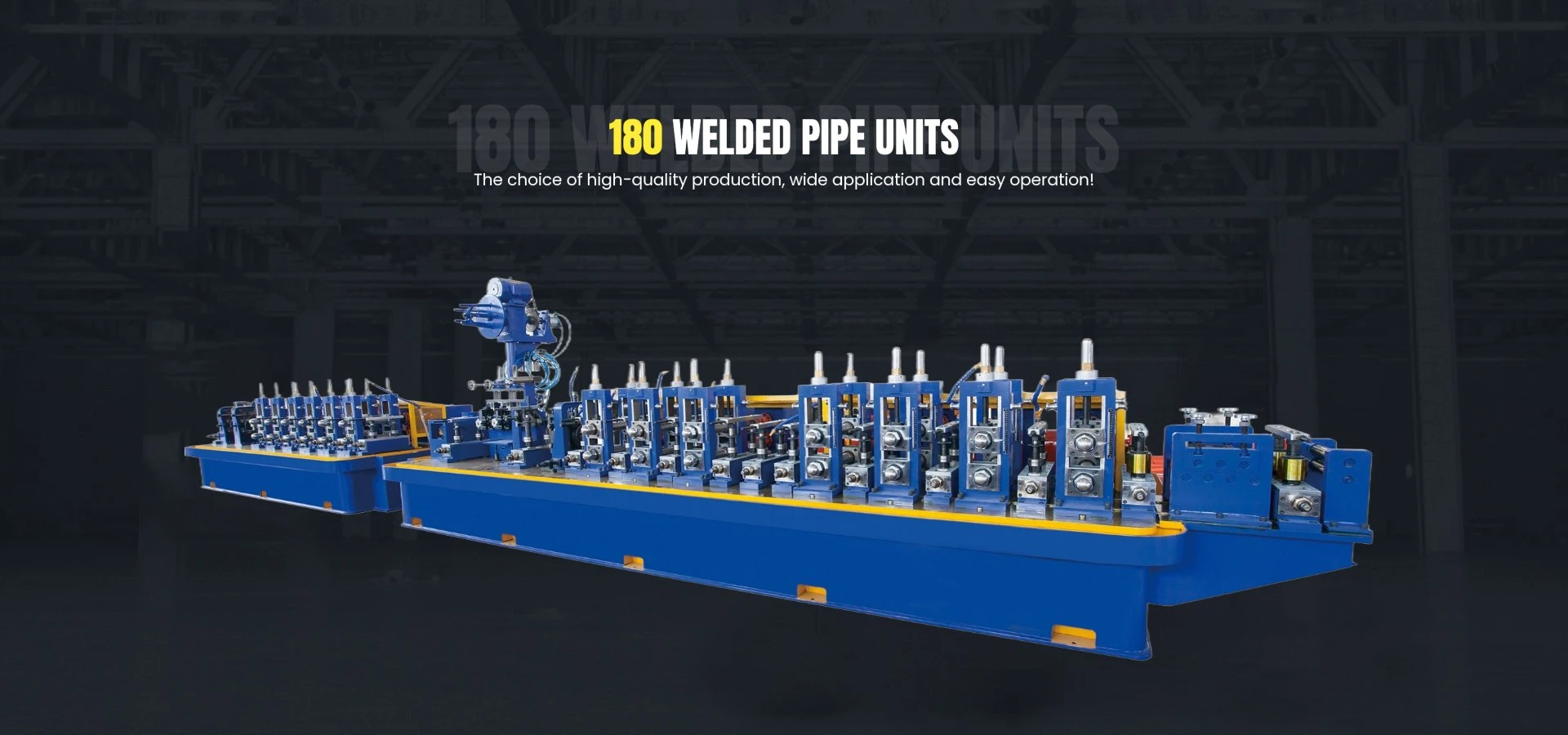electric rolling mill
The Evolution and Impact of Electric Rolling Mills in Modern Manufacturing
Electric rolling mills have revolutionized the manufacturing process in various industries, particularly in steel production. As one of the most critical components in the metalworking sector, electric rolling mills have evolved over the years from traditional human-powered systems to sophisticated, high-efficiency machinery that plays a pivotal role in modern manufacturing. This article explores the significance, technological advancements, and benefits of electric rolling mills, as well as their impact on the industry.
Historical Context
The origin of rolling mills dates back to the early 19th century, where initial designs relied on steam power to operate. The introduction of electric power in the late 19th and early 20th centuries marked a significant shift in the operational capabilities of rolling mills. Electric rolling mills allowed for improved precision, consistency, and speed in producing metal sheets, rods, and other forms. This transition laid the groundwork for the highly automated systems that dominate today's manufacturing landscape.
Technological Advancements
Modern electric rolling mills are characterized by advanced technology, allowing for increased productivity and efficiency. Today's mills often utilize computer numerical control (CNC), which enables precise control over the rolling process. This technology ensures that the products meet stringent specifications and quality standards. Additionally, electric rolling mills have benefited from innovations such as variable frequency drives (VFDs) and advanced automation systems, improving energy efficiency and reducing operational costs.
The integration of sensors and real-time monitoring systems has further enhanced the capabilities of electric rolling mills
. These systems allow for predictive maintenance, reducing downtime and increasing operational efficiency. The ability to monitor various parameters in real-time ensures that any anomalies are detected early, minimizing the risk of defects and wastage.Environmental Considerations
electric rolling mill

Electric rolling mills are also more environmentally friendly compared to their traditional counterparts. The shift towards electric drives reduces greenhouse gas emissions significantly, as electric motors are often more efficient than steam or diesel engines. Moreover, the potential for integrating renewable energy sources, such as solar or wind power, into the operation of electric rolling mills presents an opportunity for further reducing the carbon footprint of metal production.
Economic Impact
The economic implications of electric rolling mills are substantial. By optimizing production processes, these mills can produce higher volumes of products in a shorter time frame, leading to increased profitability for manufacturers. The reduction in energy consumption and maintenance costs contributes to a more favorable financial outlook for companies utilizing electric rolling mills over traditional models.
Furthermore, the rise in demand for high-quality steel and alloys in various sectors, including construction, automotive, and aerospace, underscores the necessity for advanced manufacturing technologies. Electric rolling mills are instrumental in meeting this demand by providing the mechanical properties required for modern applications.
Conclusion
In conclusion, electric rolling mills represent a significant advancement in the manufacturing industry, combining improved technology with environmental responsibility. As the demand for high-quality metal products continues to rise, the role of electric rolling mills will only become more critical. Their ability to enhance efficiency, reduce costs, and minimize environmental impact makes them an essential component of contemporary manufacturing processes.
With ongoing advancements in technology and a growing emphasis on sustainability, electric rolling mills will undoubtedly continue to evolve. As industries strive to meet the challenges of the future, these mills will remain at the forefront, embodying the innovation and responsiveness required in today's dynamic market. The journey of electric rolling mills, from their inception to their current state, reflects a broader trend in manufacturing that emphasizes efficiency, quality, and sustainability, marking a pivotal juncture in the evolution of industrial production.
-
High Frequency Straight Seam Welded Pipe Production Line-BzZhou Xinghua Machinery Equipment Manufacturing Co., LTD.|Precision Welding, High EfficiencyNewsJul.30,2025
-
High Frequency Straight Seam Welded Pipe Production Line|BzZhou Xinghua|Precision Welding&EfficiencyNewsJul.30,2025
-
High Frequency Straight Seam Welded Pipe Production Line - BzZhou Xinghua|Precision Engineering&EfficiencyNewsJul.30,2025
-
High-Frequency Straight Seam Welded Pipe Production Line-BzZhou Xinghua Machinery Equipment Manufacturing Co., LTD.NewsJul.30,2025
-
High-Frequency Straight Seam Welded Pipe Production Line-BzZhou Xinghua Machinery Equipment Manufacturing Co., LTD.|Precision Manufacturing, High EfficiencyNewsJul.30,2025
-
High Frequency Straight Seam Welded Pipe Production Line-BzZhou Xinghua Machinery Equipment Manufacturing Co., LTD.|Precision Steel Pipe Manufacturing&Industrial EfficiencyNewsJul.29,2025


